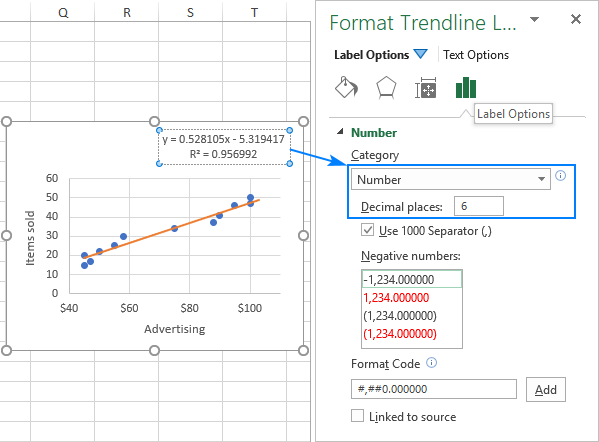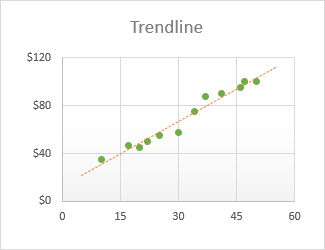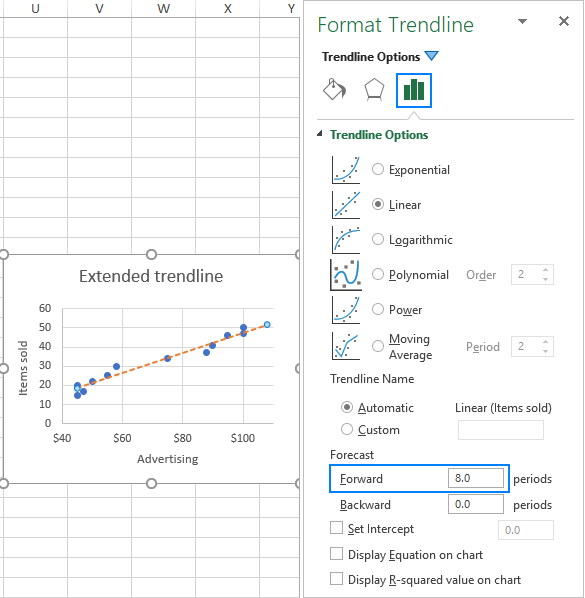

How am I type mathematics equations using equation editor in microsoft PublisherĪfter managing to set up OE-QuoteFix on his new PC, Ed reads a message Show the value (calculated somwhere on the sheet) on the plot beside my I can calculate slope in a cell somewhere on the sheet. Of inputs in the table(somewhere in the page), and need to show that slope I am using a plot which should calculated and plot by itself with the change But I dont want to show the equation or anything else. I really need to show the slope of the trend line on I have a simple plot with two points only, and added a trendline which fits How do I show slope of a trendline on a plot ?

Tell me the form of the equation to be used in the fit (example: y=Asin(Bx) Send me (private email - just remove TRUENORTH.) a file with sample data and Way to do this or perhaps an add-on that adds it to the trendline-type menu? I admit I'm not well versed with Excel 2007, but it doesn't appear that IĬan add a sine trend line to my scatter point chart and I need to. I don't believe you can add drop down bars to a trendline via Excel's normal Then use the fill-color icon or other formatting tools Once, you will select all of the labels within the series. Yes, you can individually color data labels. Is it possible to individually color format Data Labels?Ĭan drop lines somehow be added to a trend line? The same date, which means that these transactions aren't summed but

There are large numbers of transactions under different job numbers on set the source data to the various columns under each job number, In aggregate in order to find an overall trend line for expenditure, The problem is, if you simply chart the data

Of about 10 different job numbers, with each of these graphed on theĬhart showing trend lines. I have a large spreadsheet recording financial expenditure in respect Repeat step 3 afterwards.Is it possible to sum trendlines, or simply series, in excel charts? In this case change the cell reference type of the "known x" and "known y" values as described in step 2, using F4. Note: If you receive a #VALUE! error, check if the "known x" and/or "known y" values were auto-filled incorrectly - you may have used relative references when setting up the formula. Select the first value of the new trendline and copy the function by using Excel's Auto Fill feature, dragging theįill handle in the cell's lower right corner to the right until the cell of the last value is selected as well. This way the selection will stay exactly the same when this formula isĬopied and will not be adjusted according to the new position. Of the selected cells will change to absolute cell references. Select the first x value (e.g., "B1") and press ENTER. Select all "known x" values and press F4 (e.g., "$B$1:$D$1"). To see the correct character for your region refer to the Excel tooltip appearing while you enter the formula).
Excel trendline equation to cell windows#
(Note that the character expected by Excel as an arguments separator depends on your Windows regional settings. Select all "known y" values and press F4 (e.g., "$B$3:$D$3").Įnter Excel's arguments separator, e.g., "," (comma). Type " =TREND(" or use the Insert Function Open the internal datasheet and add a new series, e.g., "Trendline 1".Ĭalculate the first value of the trendline using the TREND function:
Excel trendline equation to cell series#
To create a trendline in a line chart, add a new series to the line chart, then calculate its values to form a trendline, e.g., by using the


 0 kommentar(er)
0 kommentar(er)
